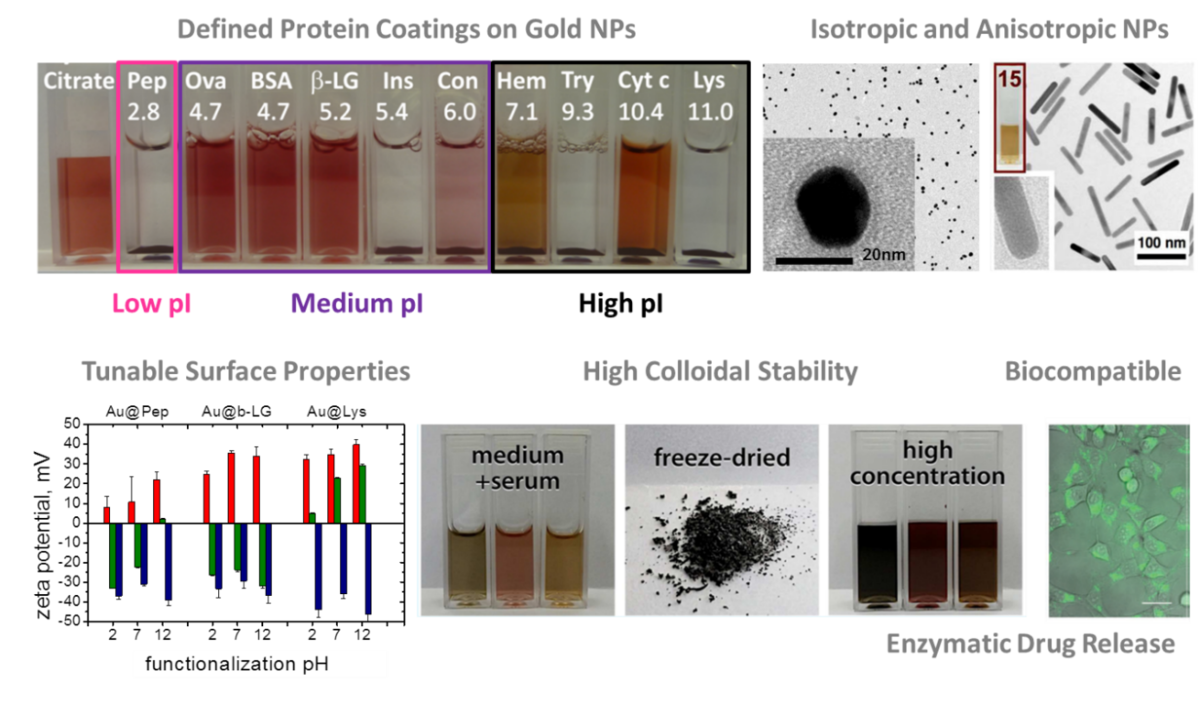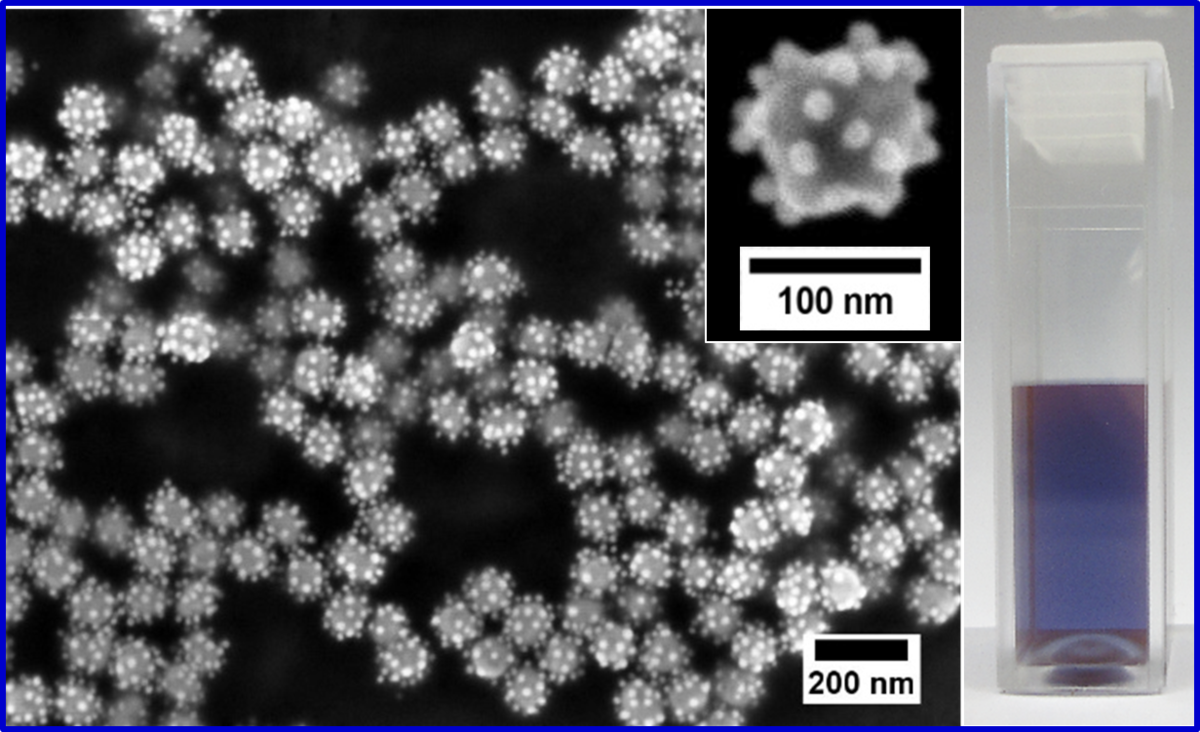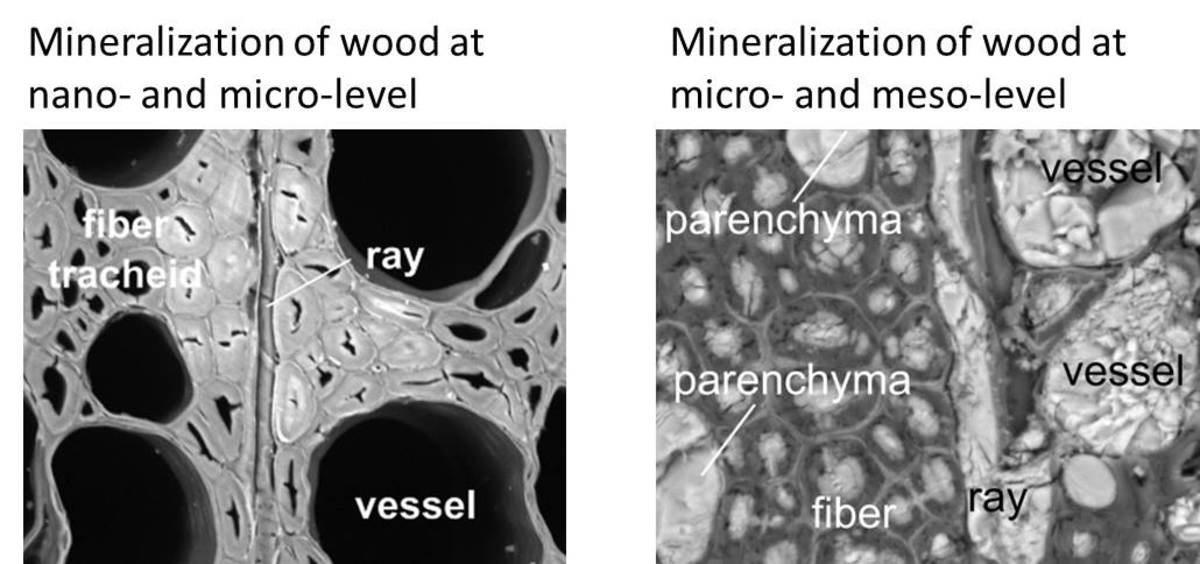Hierarchical Nano-Bio Materials - Dr. Munish Chanana
The road between the Nanoworld and the Bioworld is a two-way road. Going one or the other way, one can address the demands and problems of various fundamental and applied scientific fields, such as biomedicine, material- and environmental sciences.
The incorporation of functional nanoparticles (e.g. magnetic, plasmonic or fluorescent NPs) in biomaterials yields nano-bio hybrid materials that exhibit novel properties that go beyond the natural ones. For example, the incorporation/assembly of the superparamagnetic magnetite nanoparticles in anisotropic and hierarchical structure of wood materials, yields a magnetic wood material, with a magnetic anisotropy dictated by the wood structure. By the incorporation of inflammable and non-hazardous minerals such as calcium carbonate in the wood structure, fire-retarding wood materials are obtained.
On the other hand, the decoration of biomolecules and biopolymers onto nanoparticles, yields biocompatible and colloidally stable nanosystems with a defined bio-interface. Polypeptides and proteins enhance the physico-chemical and colloidal properties of nanoparticles (e.g. plasmonic metal nanospheres and nanorods), making them highly suitable for biomedical applications. Such systems can be further assemble to 2D and 3D super-structures, providing a versatile platform for plasmonic sensors and SERS-enhancing structures.
Using the diversity offered by both biomaterials (incl. biomolecules, biopolymers) and nanomaterials (organic and inorganic) and their inter-combinations, we aim to create a stronger bridge between the two worlds.
The research activities of the group of Hierarchical Nano-Bio-Materials are focused on both pathways, including:
Synthesis of colloidally stable organic and inorganic nanoparticles
Protein- and Enzyme-coated Nanoparticles

3D Assembly of Plasmonic Nanoparticles to Core-Satellite Structures

Former projects
2D Assembly/Synthesis of inorganic (metal) nanoparticles in the hierarchical structure of wood materials
PhD student: Vivian Merk
Mineralization of wood materials at different scales of hierarchy (from nanopores to mesopores)
PhD student: Vivian Merk

No database information available
Read more about functionalization of wood by in-situ mineralization


